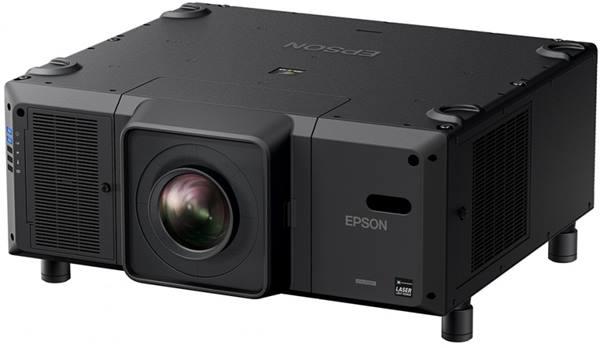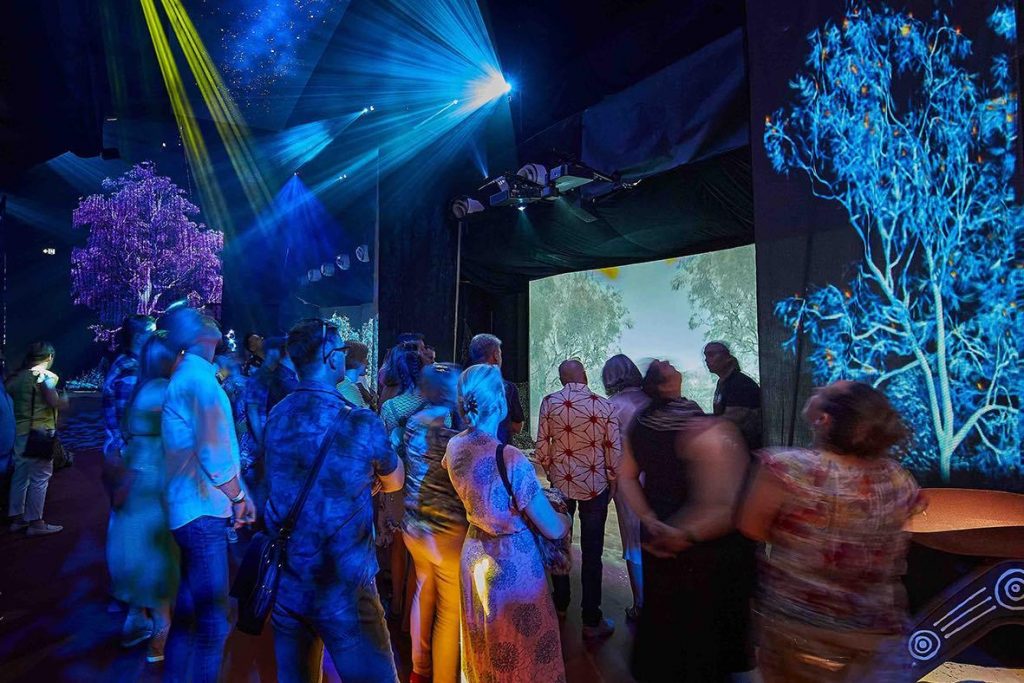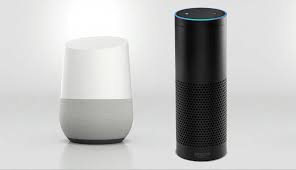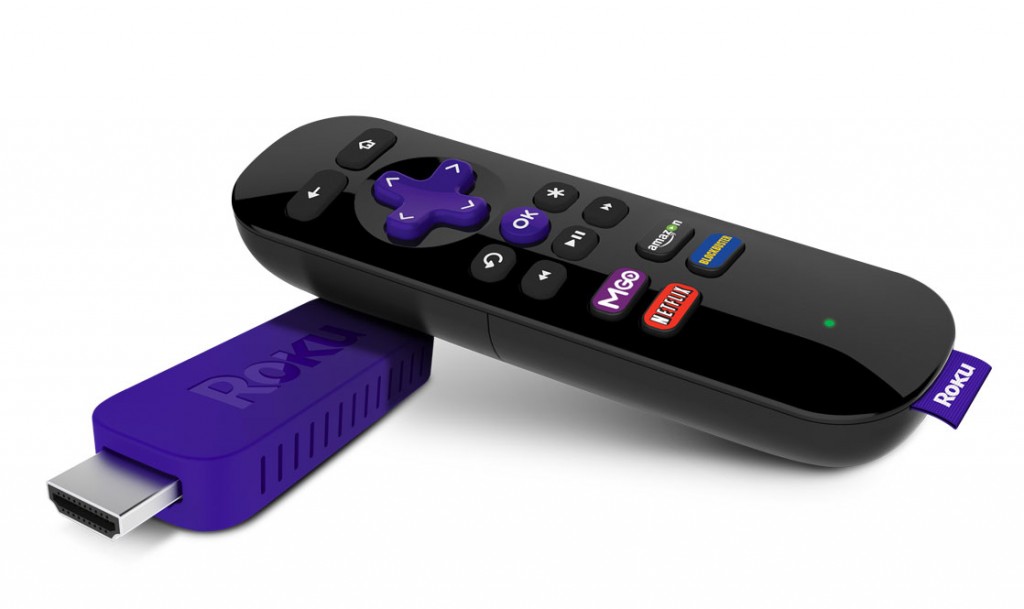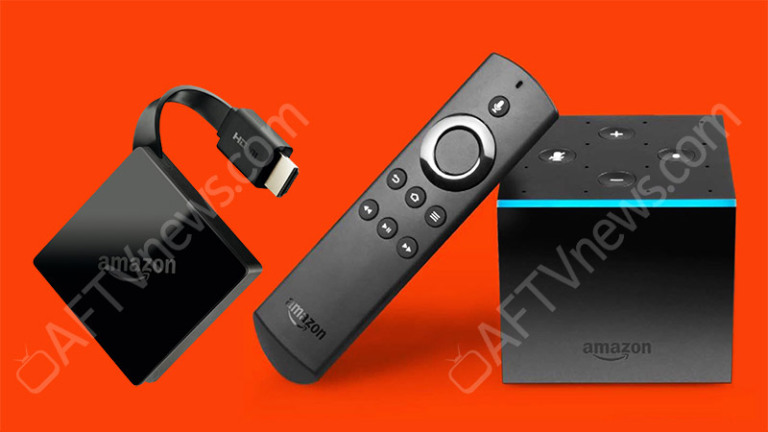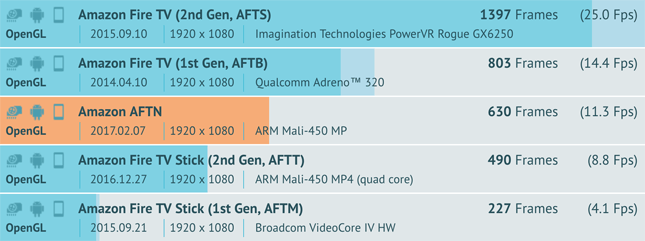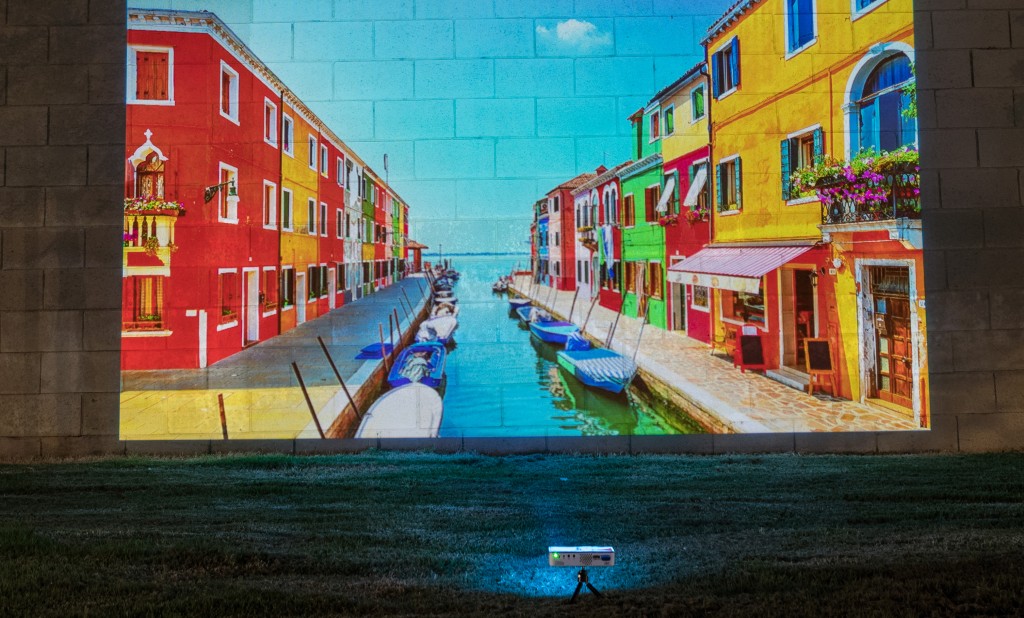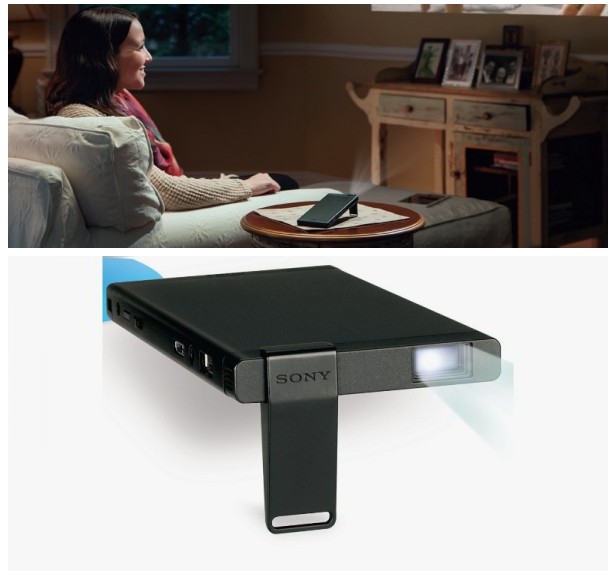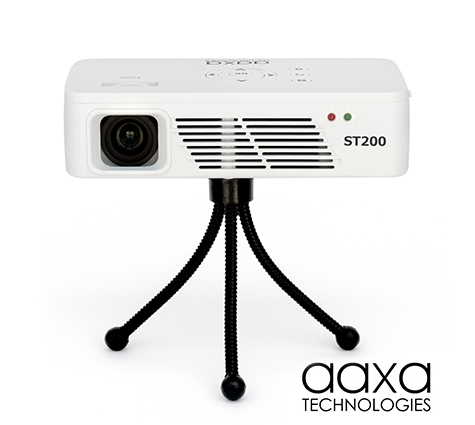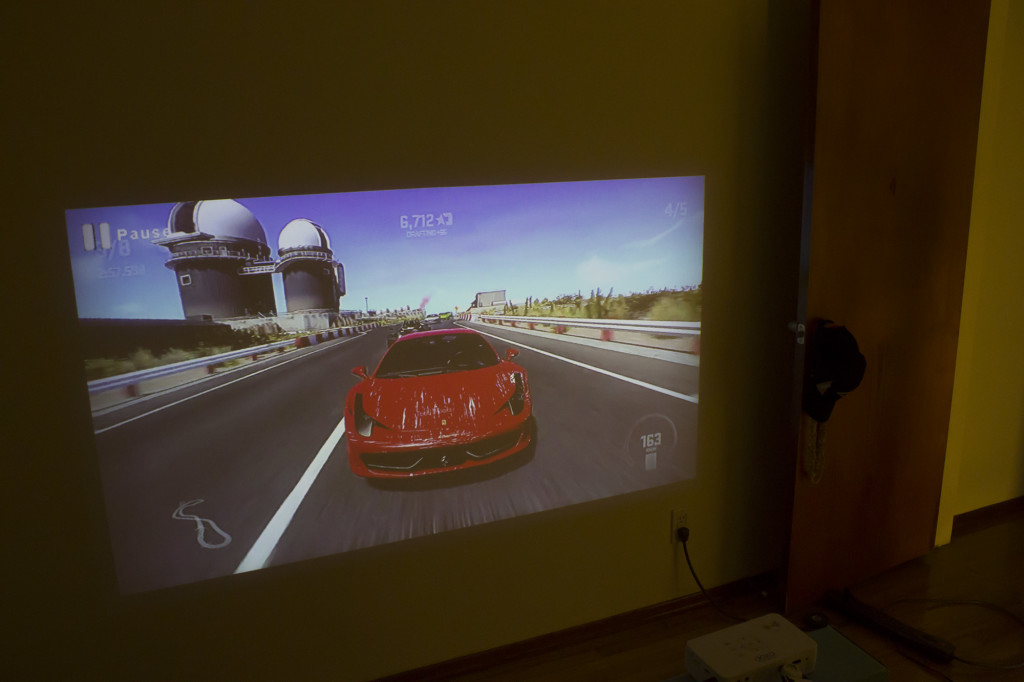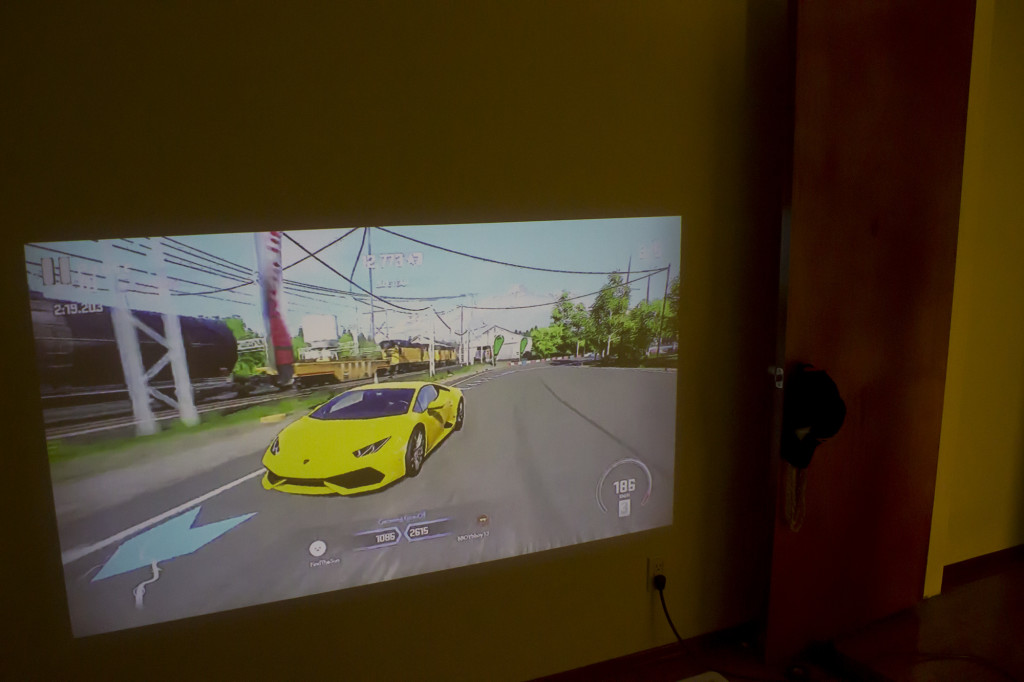Projectors are widely used in education and business sectors as well as embraced by regular consumers for home theaters. While many articles are talking about purchasing projectors for both business and home theatre applications, we would like to focus on answering questions that we observe are asked most frequently.
1) Why does the brightness differ significantly among different projector models?
Lumens are the basic measure of brightness; and the larger the number is, the brighter the projector is. Projectors for various applications are designed to have different brightness – business projectors are brighter since business presentations are usually in conference rooms under standard office lighting. Moreover, with other factors being the same, a brighter model is typically more expensive.
However, be aware that there are two standards of lumen – ANSI (the American National Standards Institute) lumen and ISO (the International Organization for Standardization) lumen. 3000 ISO lumens can turn out to be 200 ANSI lumens. So don’t be fooled by the number. You want to know what lumen standard the seller is using.
2) What is Native Resolution?
When you do your research on a projector, you must have noticed some retailers show both Native Resolution and Resolution while others only show one. Always stick to Native Resolution since it is the actual resolution you will see. The other attribute only suggests the maximum resolution format the projector supports.
3) What is the minimum brightness and resolution for home use?
The minimum brightness depends on your control over the light source and sensitivity of content quality. We have seen a decent performance from a 150 ANSI-Lumen projector at night with the light off. However, if you have high standards, you might want a 1000 ANSI-Lumen projector for 2D viewing or an 1800 to 2400 ANSI-Lumen for 3D viewing. If you have a desire for high definition viewing, a 720p (qHD) projector should suffice in the home theater while 1080p (fHD) is ideal. Of course, you can always consider a 4K projector if paying a premium is not an issue.
4) What is the minimum brightness and resolution for business use?
Brightness seems more important for a business projector because business presentations are normally in conference rooms under standard office lighting. If you are considering a projector for this purpose, you should look for a model with a brightness of around 2000 to 2500 ANSI Lumens.
Compared with the number of pixels in the projection, the aspect ratio matters more for business projector applications. In this sense, XGA (1024 X 768) represents the ideal resolution requirements.
5) Do I need a projector screen?
It might not be an issue if you possess a mini projector since you might value mobility most. However, a projector screen improves the view experience no matter what model you end up with. There are a few options to consider; the most popular ones are pull-down screens, matte vinyl fabric, and projector-friendly paint. Once again, if you own a projector with ideal brightness and resolution, a simple white wall can do a decent job.
6) Is it worth sacrificing projection quality for a small projector?
Pico projectors (also known as pocket projectors, mini projectors, or portable projectors) have become popular due to the compact size and less expensive pricing. Many models are integrated with Android OS and are WiFi enabled as well. However, the decision making should align with how you intend you use your projector most. If you travel quite frequently and want to bring the projector with you, you can find a quality Pico projector that weighs under 2 lbs. But if mobility and premium cost are not significant concerns, a traditional projector usually has a brighter and clearer projection.
Eventually, you want to consider the way you will use your projector most often along with your spending requirements. Don’t just stick to the number, check some reviews and comments for different models to find an ideal projector for you.
Traditional Projector: Optoma, Epson, Viewsonic
Pico Projector: AAXA, Vivitek
